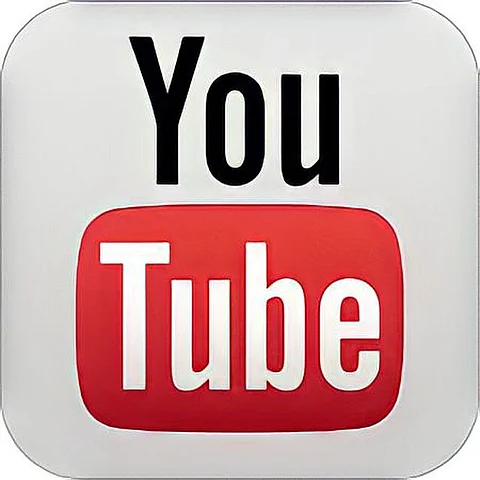

The Australian government announced Wednesday it will include YouTube in its upcoming social media ban for users under 16, reversing an earlier exemption for the platform. Prime Minister Anthony Albanese declared, "I’m calling time on it," citing a regulator’s survey where 37% of minors reported harmful content on YouTube, the highest among major platforms. The decision broadens the world-first ban set for December, requiring platforms to take "reasonable steps" to exclude underage users or face fines up to A$49.5 million (US$33 million).
YouTube immediately contested the classification, arguing its core function is video hosting, not social networking. A spokesperson stated, "YouTube is a video-sharing platform [...] increasingly viewed on TV screens. It’s not social media." The platform highlighted its popularity in education, noting teachers often curate its content. Despite this, Communications Minister Anika Wells emphasized protecting children from algorithmic recommendations and interaction features shared with platforms like Instagram and TikTok.
Meta, Snapchat, and TikTok previously protested YouTube’s initial exemption, calling it unfair given functional similarities. Cybersecurity expert Adam Marre supported the inclusion, noting AI has "supercharged misinformation" on such platforms. Alphabet, YouTube’s parent company, now threatens legal action, echoing its 2021 standoff over news content payments. Last week, YouTube urged the government to "uphold the legislative process," with local media reporting potential court challenges.
While teachers’ groups back the ban, enforcement hinges on age-verification systems still under review. A government report on testing these tools is due this month. Critics question feasibility, but Wells vowed: "I will not be intimidated by legal threats." The ban permits adult-supervised viewing, though algorithmic recommendations to minors would violate the law.